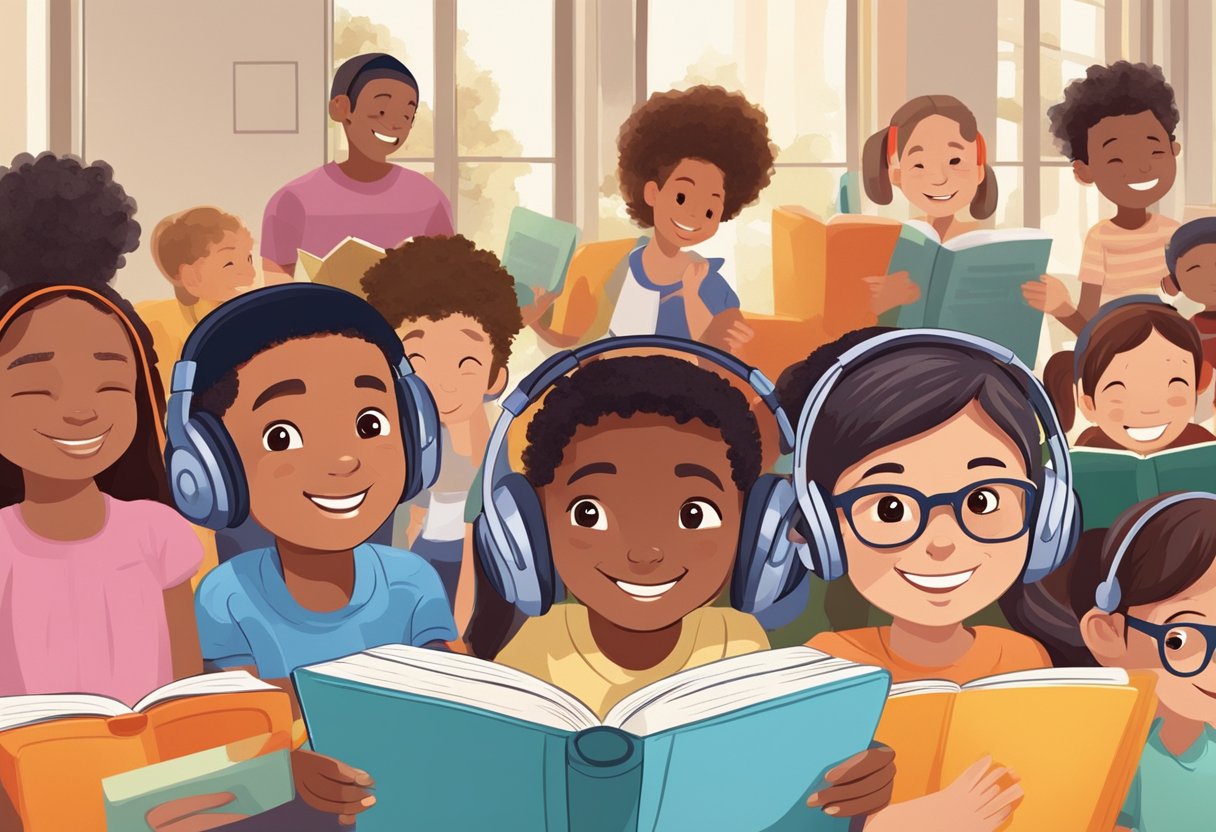Homeopathic sleep remedies for kids are a popular alternative to traditional medicine for many parents seeking natural solutions for their children’s health concerns. Sleep problems are common among children, and homeopathy offers a range of remedies that may help promote restful and peaceful sleep.
Homeopathic sleep remedies for kids stimulate the body’s natural healing mechanisms to restore balance and promote relaxation. Unlike conventional sleep aids, which can have harmful side effects, homeopathic remedies are safe and gentle, making them an attractive option for parents seeking a natural approach to sleep problems.
Many different homeopathic remedies can promote sleep in children, each with its unique set of benefits and indications. Some remedies are designed to address specific sleep issues, such as nightmares or restlessness, while others are more general in their effects. Other Natural Sleep Remedies can also be considered. In the following article, we will explore some of the most commonly used homeopathic sleep remedies for kids and how they work.
Understanding Homeopathy
Principles of Homeopathic Medicine
Homeopathy is a form of alternative medicine that was developed in the late 18th century by German physician Samuel Hahnemann. The fundamental principle of homeopathy is “like cures,” which means that a substance that causes symptoms in a healthy person can be used to treat similar symptoms in a sick person.
Homeopathic remedies are made from natural substances, such as plants, minerals, and animal products, which are diluted in water or alcohol. The dilution process is believed to make the remedies more potent, as it removes any toxic effects of the original substance while retaining its healing properties.
Safety and Efficacy in Children
Homeopathic remedies are generally considered safe for children, as they are non-toxic and have no known side effects. However, it is important to consult with a qualified homeopath or healthcare provider before administering any remedy to a child, as the dosage and potency can vary depending on the individual’s age, weight, and health condition.
Studies on the efficacy of homeopathic remedies for sleep disorders in children are limited, and the results are mixed. While some studies have shown positive effects, others have found no difference between homeopathic remedies and placebo. Therefore, it is important to approach homeopathy as a complementary therapy, rather than a substitute for conventional medical treatment.
Overall, homeopathic remedies can be a safe and effective option for children with sleep disorders, but it is important to consult with a qualified practitioner and use them as part of a holistic approach to healthcare.
Common Homeopathic Remedies for Sleep
Homeopathy is a natural and safe approach to treating sleep problems in children. Here are some of the most commonly used homeopathic remedies for sleep:
Chamomilla
Chamomilla is a popular remedy for sleeplessness in children who are irritable and restless, and who have trouble falling asleep. It is especially effective for teething babies who wake up frequently at night. Chamomilla is also useful for children who have nightmares or night terrors.
Coffea Cruda
Coffea Cruda is a remedy for sleeplessness caused by an overactive mind. It is useful for children who have trouble falling asleep because they are too excited or stimulated. Coffea Cruda is also effective for children who wake up frequently during the night and have trouble falling back asleep.
Pulsatilla
Pulsatilla is a remedy for sleeplessness in children who are clingy and weepy. It is useful for children who have trouble falling asleep because they are anxious or worried. Pulsatilla is also effective for children who wake up frequently at night and need comfort from a parent or caregiver.
Overall, homeopathic remedies can be a safe and effective way to help children with sleep problems. However, it is important to consult with a qualified homeopath before using any homeopathic remedies for your child.
Administering Homeopathic Remedies
Dosage and Potency
Homeopathic remedies are highly diluted substances that are believed to stimulate the body’s natural healing process. When it comes to administering homeopathic remedies to children, it is important to follow the recommended dosage and potency guidelines. The appropriate dosage and potency for a child will depend on their age, weight, and the specific remedy being used.
In general, it is recommended to start with a low-potency remedy, such as 6X or 12X, and gradually increase the potency if necessary. The dosage will also vary depending on the remedy, but it is typically recommended to give one pellet or drop of the remedy at a time.
It is important to note that homeopathic remedies should not be taken with food or drinks, as this can interfere with their absorption. It is also recommended to avoid touching the pellets or drops with your hands, as this can diminish their potency.
Methods of Administration
There are several methods of administering homeopathic remedies to children, including:
- Dissolving pellets in water: This is a common method of administration for children who have difficulty swallowing pills. Simply dissolve the recommended dosage of pellets in a small amount of water and have the child drink it.
- Placing pellets under the tongue: This method involves placing the recommended dosage of pellets under the child’s tongue and allowing them to dissolve.
- Applying drops to the tongue: This method involves placing the recommended dosage of drops directly onto the child’s tongue.
- Topical application: Some homeopathic remedies are designed to be applied topically, such as creams or ointments. Be sure to follow the recommended dosage and application instructions.
It is important to consult with a qualified homeopath or healthcare provider before administering homeopathic remedies to children. They can help determine the appropriate remedy, dosage, and potency for your child’s specific needs.
Lifestyle and Supportive Measures
Sleep Hygiene for Children
Establishing a good sleep hygiene routine can help children get better sleep. It is important to set a consistent sleep schedule for children and ensure that they get enough sleep each night. Children who do not get enough sleep are more likely to have trouble falling asleep and staying asleep.
Parents should create a relaxing bedtime routine for their children. This can include activities such as reading a book, taking a bath, or listening to calming music. It is also important to create a comfortable sleep environment for children. This can include a comfortable mattress and pillows, as well as appropriate room temperature and lighting.
Diet and Nutrition
Diet and nutrition can also play a role in a child’s sleep quality. It is important to avoid giving children foods and drinks that contain caffeine, as this can interfere with sleep. Additionally, parents should avoid giving children heavy meals close to bedtime, as this can also interfere with sleep.
Some foods, such as bananas, almonds, and warm milk, contain nutrients that can promote sleep. Parents may consider incorporating these foods into their child’s diet to promote better sleep.
Relaxation Techniques
Relaxation techniques can also help promote better sleep for children. Parents may consider incorporating techniques such as deep breathing, progressive muscle relaxation, or visualization into their child’s bedtime routine. These techniques can help children relax and prepare for sleep.
It is important to note that while lifestyle and supportive measures can help promote better sleep for children, they may not be effective for all children. Parents who are concerned about their child’s sleep quality should consult with a healthcare professional for further guidance.









